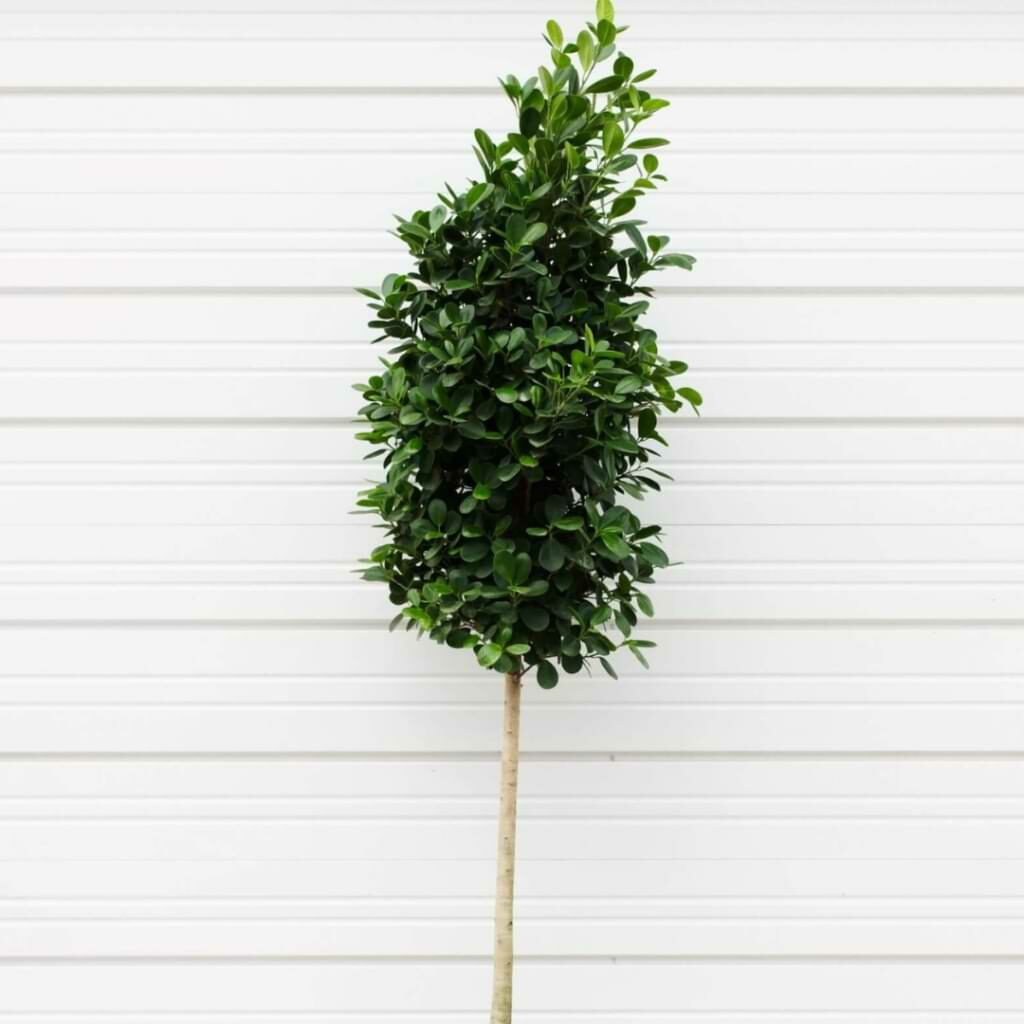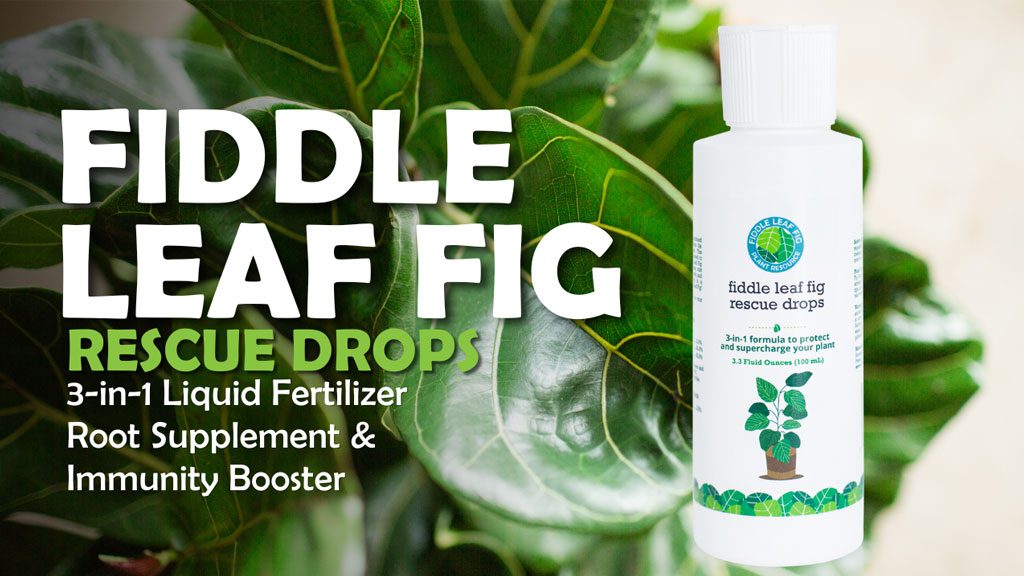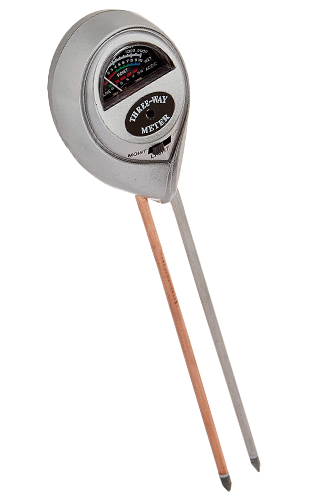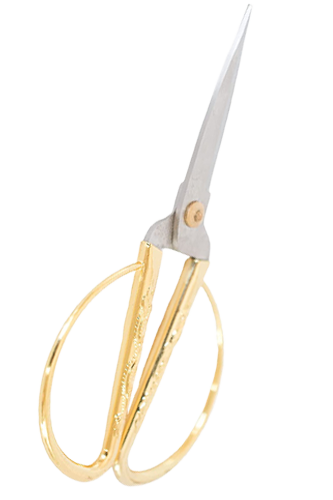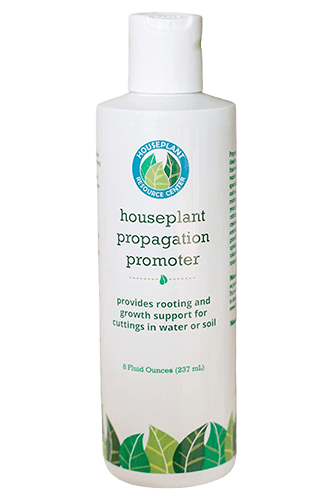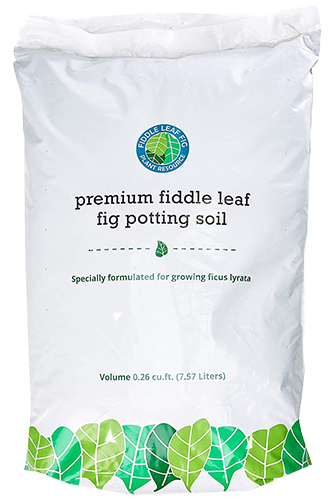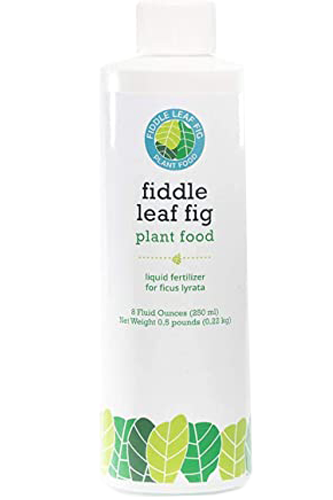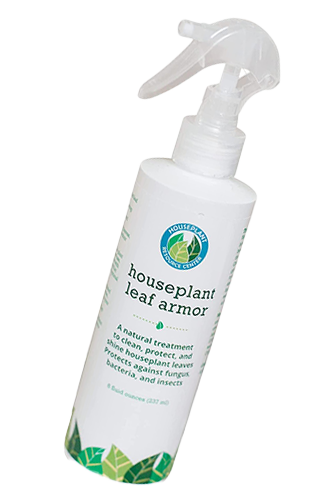The Ficus Danielle Benjamin is an eye-catching cultivar of Ficus Benjamina, commonly referred to as Ficus Danielle. The glossy and oval leaves of Ficus Danielle sit upright as compared to the parent species. It’s a beautiful plant with rich deep green leathery leaves that make it the perfect choice for any corner of the house. This plant, also known as the Danielle Weeping Fig, is a tropical evergreen tree named Weeping Danielle because it drops leaves if exposed to stress.
Habitat
The Ficus Danielle belongs to the family Moraceae and is native to Southern Asia and Australia.
How do you Care for Ficus Danielle?
Medium-sized Ficus Danielle trees have glossy dark green leaves and purple bark. It can be grown as a houseplant, in an atrium, or outdoors in a shaded spot in the garden. Ficus Danielle requires moisture retaining, good drainage, slightly acidic soil and using a potting mix specifically constituted for Ficus plants is essential.
This article will explain everything related to Ficus Danielle’s growth care and tips. So, continue reading to know more about this beautiful houseplant.
| Common Name | Danielle Weeping Fig, Ficus Lollipop tree |
| Botanical Name | Ficus Benjamina Danielle |
| Family | Moraceae |
| Origin | South Asia and Australia |
| Soil | Well-draining, fertile soil |
| Humidity | High Humidity |
| Temperature | 70 to 80 degrees Fahrenheit |
| Sunlight | Bright, Indirect |
| Pests | Spider mites, Scales, and Mealybugs |
| Diseases | Leaf Drop, Leaf Spot Fungus, Anthracnose |
Growth and Size
When grown in a pot, this beautiful variety of Ficus can reach up to 10 feet tall. The evergreen glossy dark green leaves are 1.5 inches long and around 1 inch wide, displaying unique splendor and guise.
Water Requirements
Ficus Danielle needs to be watered more often, depending on the soil type, container size, season, and indoor climate. The plant prefers the soil to be partially dry between watering; therefore, checking the soil moisture by feel or a moisture meter is a must. It only needs water once the top one inch of soil appears dry.
This plant needs regular and consistent watering in the growing season but be cautious not to overwater it, as it can result in root rot and other fungal infections. Likewise, the weeping fig doesn’t like to be thirsty, or it can cause stunted growth and leave browning. Therefore, make a consistent watering schedule for your Ficus Danielle based on soil moisture monitoring.
Light Requirements for Ficus Benjamina Danielle
The Ficus Danielle prefers bright and indirect sunlight, and the best place for your plant is near a window where it gets indirect sunlight from early morning until late afternoon or at least 5 hours of indirect sunlight each day. This plant can tolerate low light conditions, but brighter light conditions accelerate its growth and result in more leaves.
Over-exposure to direct sunlight can result in the loss of leaves and brown spots. On the other hand, under-exposure can result in pale or yellowish-green leaves and slow growth.
Humidity & Temperature
The Danielle Weeping Fig requires high humidity and temperatures as a tropical plant. Its ideal humidity level is approximately 60% for this plant to thrive. If you live in a dry environment, use a humidifier or place pebbles with water on the pots containing this plant. Another option is to mist the leaves regularly to prevent the plant from getting dry, as lack of moisture can cause the browning of leaves. These methods help raise the home’s humidity level and boost foliage charm.
The perfect temperature for this plant ranges from 70 to 80 degrees Fahrenheit. It can tolerate slight variations in temperature but not below 60 degrees Fahrenheit or above 90 degrees Fahrenheit. If the temperature drops below 60°F, move the plant to a warmer location.
In addition, sudden temperature changes can cause damage to your plants because they have difficulty adjusting to extreme temperatures.
Maintenance of Danielle Weeping Fig
The Ficus Danielle requires little maintenance in the way of cleaning and pruning. Keeping the foliage clean using the leaf shine spray maintains the beauty and prevents pests attack.
The leaves are deciduous, drop naturally as part of their growth process, and new leaves grow. Pruning of Ficus Danielle is essential to its care as it promotes new growth. Pruning can be done anytime during the year but works best just before the growing season.
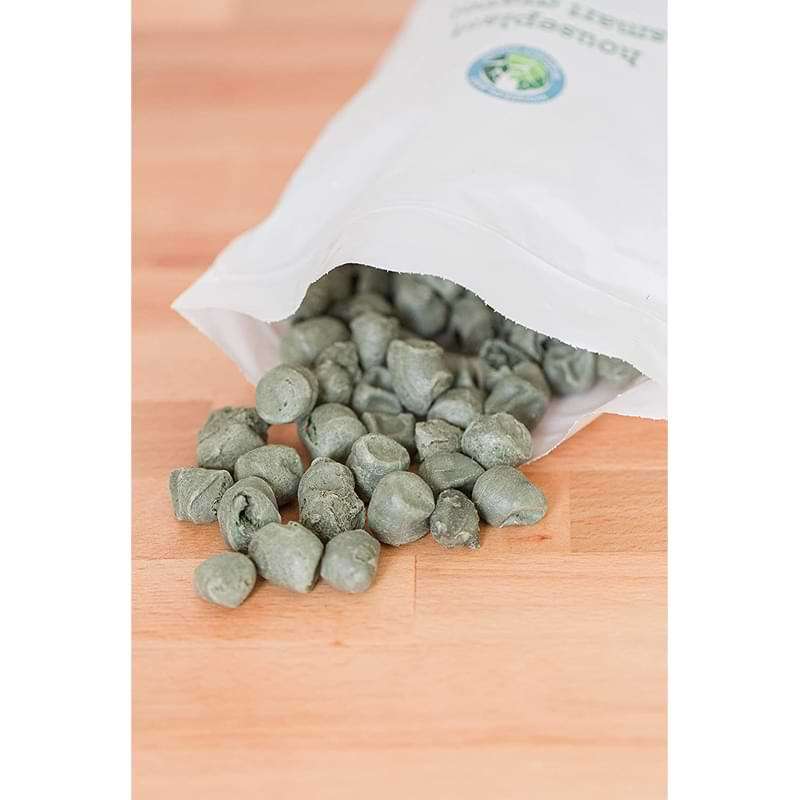
Soil Requirement
Ficus Danielle requires porous soil with good drainage capacity, so that excess water does not stay for long and causes root rot problems. The optimum pH level for Ficus Danielle is 6-7.
You can formulate your potting mix using a chunky soil mix and adding organic mulch and gravel along with coco coir. You can also use our readymade potting mix developed explicitly for Ficus plants.
Fertilizer requirements for Ficus Benjamina Danielle
The Ficus Danielle needs moderate feeding once every two weeks during the growing season with a balanced fertilizer such as 10-10-10 or 12-12-12 with micronutrients. Use of plant multivitamins and probiotics can further enhance the foliage color and boost plant growth.
However, one should be cautious with the feed quantity, as over-fertilizing can burn the plant’s leaves. In contrast, under-fertilizing will cause stunted growth and poor coloration of the plant’s foliage.
Repotting
Repotting becomes necessary when your Ficus Danielle outgrows the container, and you may notice the roots emerging from the topsoil or bottom of the pot. The overcrowded roots in the pot may result in quick water drainage, meaning an increased watering frequency. If you notice any such observation, it’s time to repot your Danielle Weeping Fig.
A good time to repot Ficus Danielle is in spring or fall. At this time, the plant will grow actively and will accept the transplantation easily.
The following steps will help you with the repotting of Ficus Danielle.
- Loose the soil surrounding the plant’s root ball.
- Remove the excess soil from around the plant’s roots and gently pull the plant out of the container.
- Place the plant back into its new pot and fill it with fresh potting soil.
- Water the plant deeply and place it in a warm and humid space.
Propagation of Ficus Danielle
The Ficus Danielle is a straightforward plant to propagate and is mainly propagated by stem cutting. The optimum time to take cuttings is the early summer, the active growing season for the plant. Stem cuttings can be propagated in both soil and water mediums. Remember to apply the rooting hormone on nodes, as it will promote the rapid growth of roots.
Always take a fresh-grown cutting with two to three leaves and at least one node to have better success at propagation.
Toxicity
The Ficus Danielle plant has toxic sap, which can result in severe skin irritation and breathing problems if ingested by animals or humans. If your pet or kid chews on this plant, seek medical help immediately. It’s always a good idea to keep the children and pets away from this plant.
Pests & Diseases for Ficus Danielle
Ficus plants are susceptible to several pests, including spider mites, scale insects, and mealybugs. These pests are generally treated by spraying insecticidal soap on them or horticultural oil spray. In addition, mealybugs can be treated using a diluted solution of rubbing alcohol. Treating the pests requires daily attention until all the pests are gone from your plant’s leaves.
Ficus plants may also suffer from root rot caused by overwatering and poor drainage. To prevent this issue, check your potting soil or container for signs of waterlogging before planting your Ficus, and ensure adequate drainage. The symptoms of root rot are yellow leaves and mushy black roots. To treat this disease, remove the infected roots, and repot your plant in a new container with fresh potting mix.
Common Problems
The most common problem that the weeping fig depicts is the yellowing of leaves. It can be caused by various reasons, including overwatering and low light levels. If you spot yellow leaves on your plant, try finding the cause and fix it accordingly by moving it to a brighter location with adequate sunlight or setting the watering schedule.
Another common problem that this Ficus tree face is leaf drop which can be caused when the plant is exposed to stress. The primary reasons for the stress are repotting, underwatering, overwatering, and low light. Upon detection of the issue, make the required adjustments for the plant’s healthy growth.
In our care guide eBook, we have further elaborated all care needs and related problems for Fiddle Leaf Fig plants. Alternatively, you can join our webinar to access the quality resource for Ficus plants.
Final Words
Ficus Danielle is a perfect ornamental houseplant that can be an excellent choice for any space in the house. It’s a low-maintenance plant that isn’t fussy about its desires.
It’s a must-have plant for plant lovers as it can make a great addition to your plant collection. However, if you are planning to bring this beauty home, remember to go through our care guide about Ficus Danielle Benjamin.
Here are some of our most popular resources on fiddle leaf fig care to help you grow the happiest, healthiest, and most beautiful fiddle possible!
The Fiddle Leaf Fig Expert eBook

